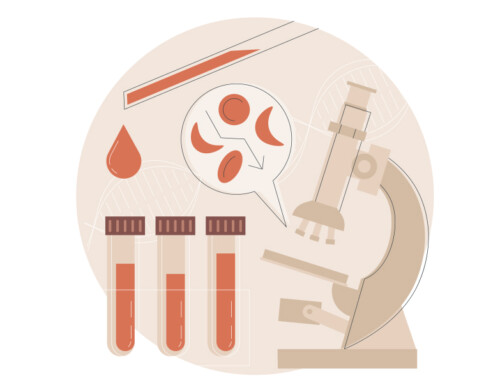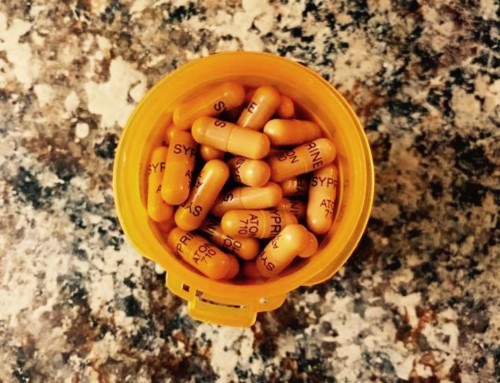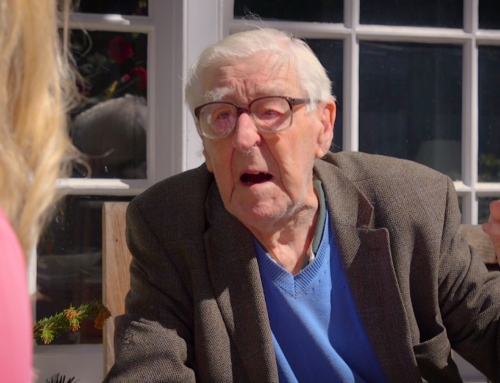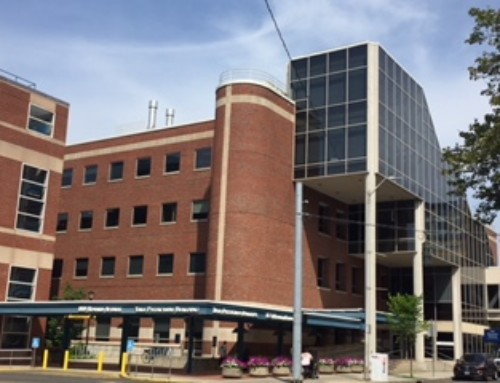This is the 35th anniversary of 1983 – an important year in my life. And, for anyone living with a rare disease.
It was a year full of historic landmarks, too: the introduction of the first cell phone; the release of Michael Jackson’s single, “Thriller”; a terrorist attack on the US Embassy in Beirut; and Sally Ride’s becoming the first American woman to be launched into space.
That year, my own major event would not make headlines, but it changed my life forever. I was given my diagnosis of Wilson disease (WD), a rare genetic disorder that allows copper – an essential dietary mineral – to accumulate in the liver and brain, causing potentially fatal copper poisoning. At the time, I didn’t realize what a gift my diagnosis would turn out to be.
Though I didn’t know it then, 1983 also happened to be a big year for all of us with Wilson disease because of three major events that received little notice at the time. That year, the Wilson Disease Association (WDA) became official, as did the National Organization for Rare Disorders (NORD), an important milestone for anyone dealing with a rare disease. And, President Reagan signed into law the Orphan Drug Act.
35th Anniversary of My Diagnosis
Recently, a trip back to the University of Wisconsin happened to fall on the 35th anniversary of my diagnosis with WD. And, coincidentally, I was with the same three people who were with me in September 1983, when I was admitted to the hospital to get my diagnosis. Just like 35 years ago, it was a warm football weekend in September. Back then we were just two couples dating, and now we were two married couples. Like then, we walked from campus, up State Street to the state Capitol. Then, we stopped for martinis, now we toasted to good health.
Anniversaries can prompt us to reflect, remember, and sometimes look for answers.

Rhonda, Bill, Dave & Amy in 2018 (top) and 1983 (bottom)
I asked our friends, Dave and Amy, about that day 35 years ago. Did they remember if I looked sick? Looking back, they said I seemed fine. What they remember is being shocked when I ended up in the hospital two days later, in life-threatening liver failure. My now-husband, Bill, was a first-year law student then, and he didn’t realize I was sick either. As I’ve discovered from years of learning about other peoples’ experiences with this disease and others like it, those closest to us can often miss the warning signs that something might be wrong. I was lucky that my sorority roommate, Jackie, noticed my yellow eyes and suggested that she drive me to the emergency room.
I also had another question, on that trip back to Wisconsin. And after 35 years, I finally got the answer. Why did my doctor initially diagnose me with chronic active hepatitis – and then change the diagnosis to Wilson disease several weeks later? Dr. John Hamilton was a brand new gastroenterologist when he was assigned to my case in September 1983. Now he’s in the twilight of his career.

Dr. John Hamilton and Rhonda on the 35th anniversary of her diagnosis of Wilson disease that he made in 1983.
I met up with him at a golf club. He told me that they initially ruled out Wilson disease while I was in the hospital because my ceruloplasmin was in the low normal range. In 1952, doctors discovered that the blood protein ceruloplasmin was low in people with Wilson’s, so it’s been used as a diagnostic test ever since. “I thought this really doesn’t make sense,” he said “and I think that’s why I went back and really looked at the papers about Wilson’s and ceruloplasmin, and I saw a paper showing that ceruloplasmin could be in the low normal range.” So, he did a couple more tests, which solved the puzzle. “Wilson’s could be missed frequently because people rely heavily on ceruloplasmin as the diagnostic test, which can be falsely normal.”
I was lucky. My doctor followed his instincts. I got a diagnosis. There was a treatment. And, the treatment worked.
Just getting the diagnosis was no sure bet in 1983, and still isn’t today. As Yale’s Dr. Michael Schilsky, who also chairs the WDA’s Medical Advisory Committee, writes in his new book, “The diagnosis can be challenging at times even for the most observant physician.”
Wilson Disease Association is Incorporated
And as Dr. Schilsky goes on to remind us, a doctor can’t check for a Wilson’s diagnosis without first knowing to consider it. That’s why the creation of the WDA in 1983 was so important. Carol Terry is a co-founder and knows firsthand the importance of getting the correct diagnosis. She was admitted five times to psychiatric hospitals before getting diagnosed with Wilson disease in 1973. In the early days, the WDA went to medical meetings to enlighten medical professionals. “I think what the WDA does best is support patients and families, make referrals to WD doctors, clinical trials, and provide information,” said Carol.
It’s only in the past year that I’ve come to realize what a gift it was to be given the correct diagnosis in such a short time. As I’ve done research for the book I’m writing on Wilson disease, I’ve discovered that it takes an average of 5 years, 3 wrong diagnoses, and 7 different physicians to get the correct diagnosis for a rare disease.
WDA: NORD Charter Member
That’s why the creation of NORD in 1983 was also a major milestone. The WDA was among the handful of rare disease organizations that existed 35 years ago – a charter member of NORD, which today, is the rare disease community’s biggest advocate. “NORD has been very influential in lobbying for legislation to support medical care for people with rare diseases and research into treatments for them,” said Carol.
In late 1982, Carol was part of a meeting in Michigan that was the impetus for the formation of NORD, a meeting originally organized to support the passage of the Orphan Drug Act. Orphan drug status is typically given to a treatment for a rare disease that would be considered unprofitable because so few patients use it. The Orphan Drug Act gives financial and other incentives to pharmaceutical companies to develop and market drugs for rare diseases.
Orphan Drug Act and Wilson’s
Here again, Wilson disease was on the forefront. The second drug for Wilson’s, called trientine, was among the first drugs to be approved through the Orphan Drug Act. Later, Galzin, a prescription form of zinc would be approved through the Orphan Drug Act as the third treatment for Wilson disease. Also because of the Orphan Drug Act, a fourth potential treatment for WD, known as WTX101, is now in phase 3 clinical trials and if studies continue to go well, it could be on the market in 2020.
I’ve benefited from the Orphan Drug Act myself. The drug that saved my life in 1983 started to cause side effects after taking it for 21 years, and I was able to switch to zinc.
Before leaving Wisconsin, I spoke with my first boss Patricia Hoopes. She hired me as her student intern in 1983, a few months after my diagnosis, to work in the University’s Cancer Prevention Program. “I thought everyone with Wilson disease was like you. They get diagnosed, take medicine, and live a normal life,” she said. For many years, that’s what I thought too. Sadly, I’ve discovered that’s not the case.
Thirty-five years of remembering, reflecting, and asking questions showed me there’s still work to be done.






